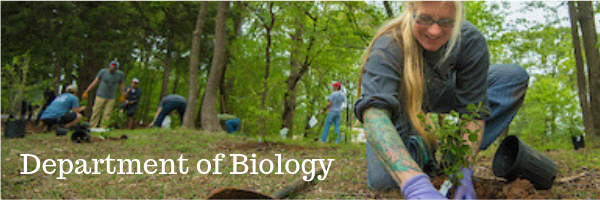
Faculty and Student Publications
Document Type
Article
Publication Date
3-1-2019
Abstract
© 2019 Amend et al. Terrestrial fungi play critical roles in nutrient cycling and food webs and can shape macroorganism communities as parasites and mutualists. Although estimates for the number of fungal species on the planet range from 1.5 to over 5 million, likely fewer than 10% of fungi have been identified so far. To date, a relatively small percentage of described species are associated with marine environments, with ~1,100 species retrieved exclusively from the marine environment. Nevertheless, fungi have been found in nearly every marine habitat explored, from the surface of the ocean to kilometers below ocean sediments. Fungi are hypothesized to contribute to phytoplankton population cycles and the biological carbon pump and are active in the chemistry of marine sediments. Many fungi have been identified as commensals or pathogens of marine animals (e.g., corals and sponges), plants, and algae. Despite their varied roles, remarkably little is known about the diversity of this major branch of eukaryotic life in marine ecosystems or their ecological functions. This perspective emerges from a Marine Fungi Workshop held in May 2018 at the Marine Biological Laboratory in Woods Hole, MA. We present the state of knowledge as well as the multitude of open questions regarding the diversity and function of fungi in the marine biosphere and geochemical cycles.
Relational Format
journal article
Recommended Citation
Amend, A., Burgaud, G., Cunliffe, M., Edgcomb, V. P., Ettinger, C. L., Gutiérrez, M. H., Heitman, J., Hom, E. F. Y., Ianiri, G., Jones, A. C., Kagami, M., Picard, K. T., Quandt, C. A., Raghukumar, S., Riquelme, M., Stajich, J., Vargas-Muñiz, J., Walker, A. K., Yarden, O., & Gladfelter, A. S. (2019). Fungi in the Marine Environment: Open Questions and Unsolved Problems. MBio, 10(2), e01189-18, /mbio/10/2/mBio.01189-18.atom. https://doi.org/10.1128/mBio.01189-18
DOI
10.1128/mBio.01189-18
Accessibility Status
Searchable text

